Exploring the Beautiful Toba City, Home of Incredible Ama-san and Splendid Pearls
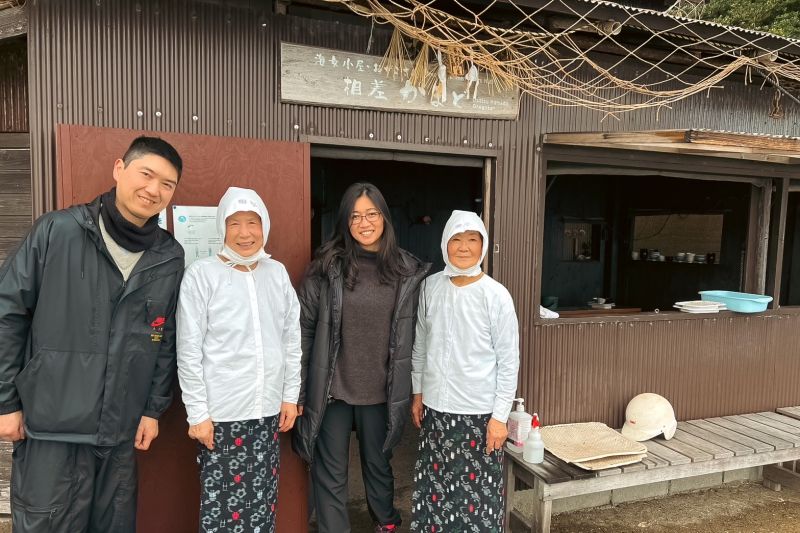
Toba city was our destination of the day! Toba city, as most people know, is famous for oysters and pearl cultivation. Toba was the first city to cultivate pearl in Japan and is also home to the country’s first pearl museum.
This time, we experienced the one-day Ama diver tour sponsored by Osatsu Kamado.
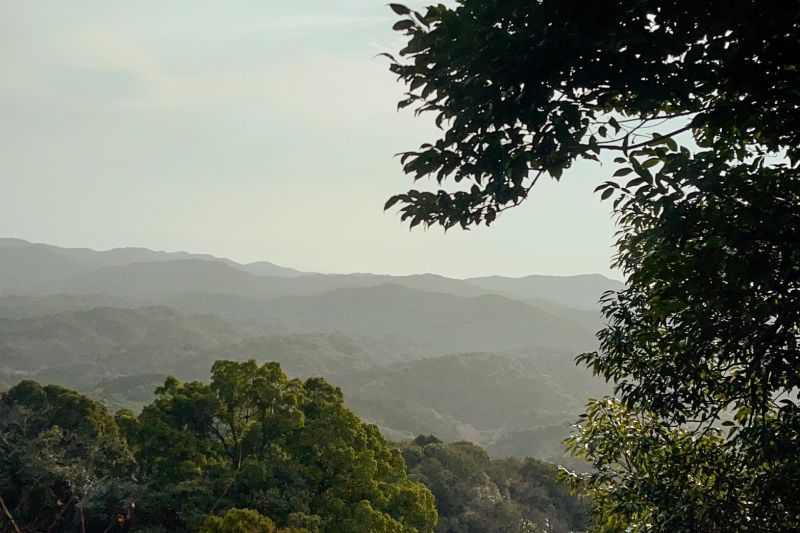
Written by Isis Akemi Muto.
We started our trip by meeting Mr. Gildas Hardel, our guide of this tour, at Toba station. Mr. Gildas has been working as a tour guide in Toba for a couple of years and knows a lot about the city. He’s from France but he’s fluent in Japanese and English which is great for foreigners who want to come and visit Toba city.
Our first destination was a part of the city that we have never been before, the mountain, more specifically, Mt. Aonomine where the Buddhist temple called Shoufukuji is located.
Why did we go to the mountains instead of the sea? you might think. This Shofukuji temple is also related to the sea. We also knew after we went there.
Originally, our plan was to hike from the nearest station to the temple, however, the weather was concerning because the forecast said it would rain so Mr. Gildas took us there by car through the route we would’ve done on foot!
And let me tell you, hiking is a great exercise and I love it but going up to the temple by car was exciting, why?! Because the road was so narrow and so curvy. It doesn’t matter how long I have been living in Japan but being a copilot or driving on a Japanese narrow road always frightens me.
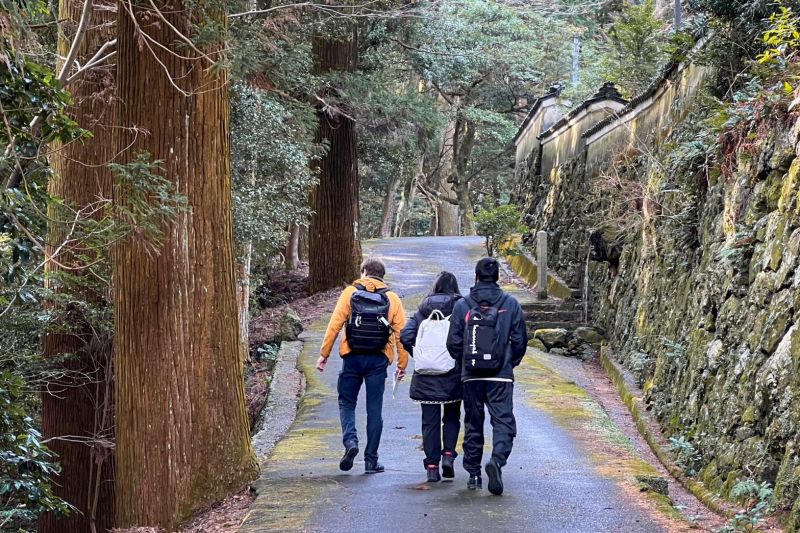
Mr. Gildas knew the road well so there was nothing to fear, and we got to the temple safe and sound.
The temple was secluded and surrounded by nature.
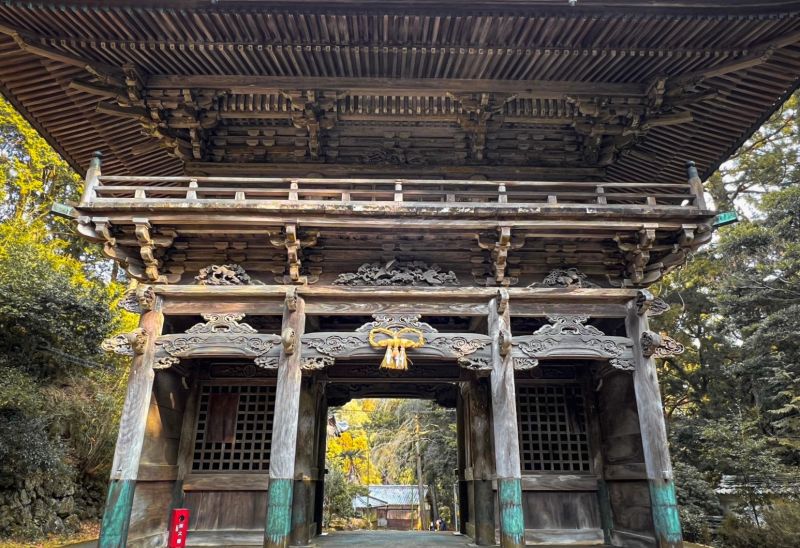
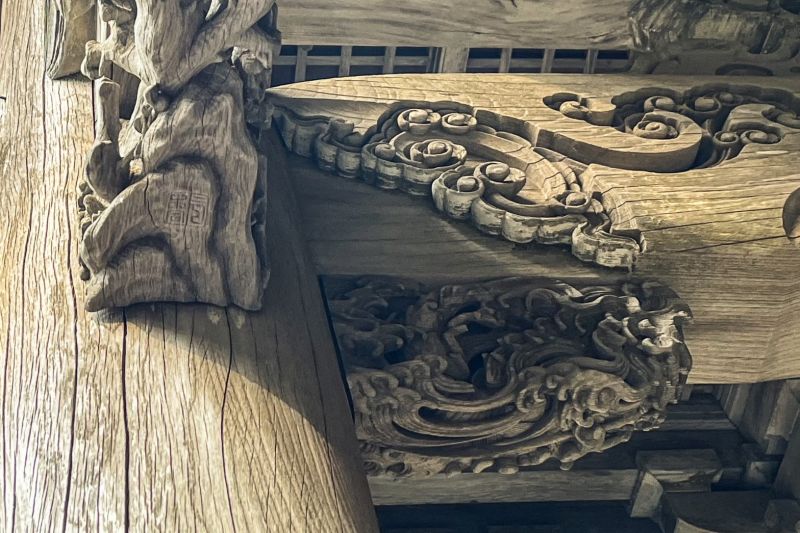
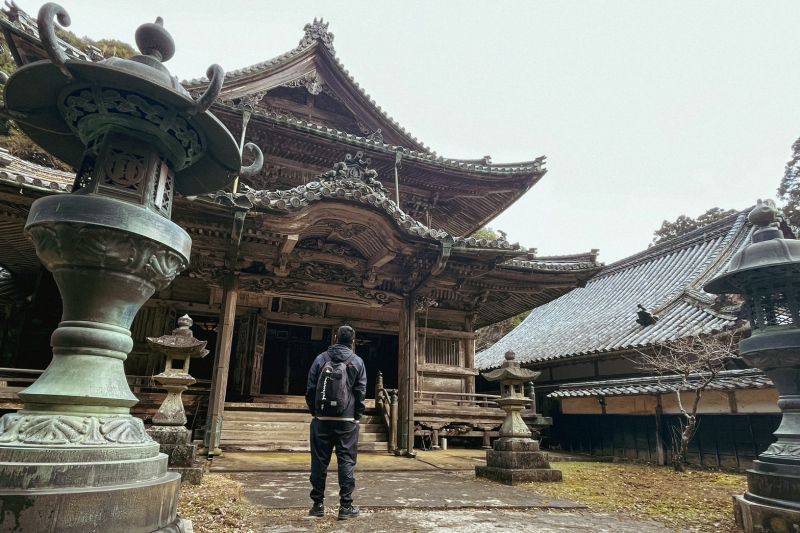
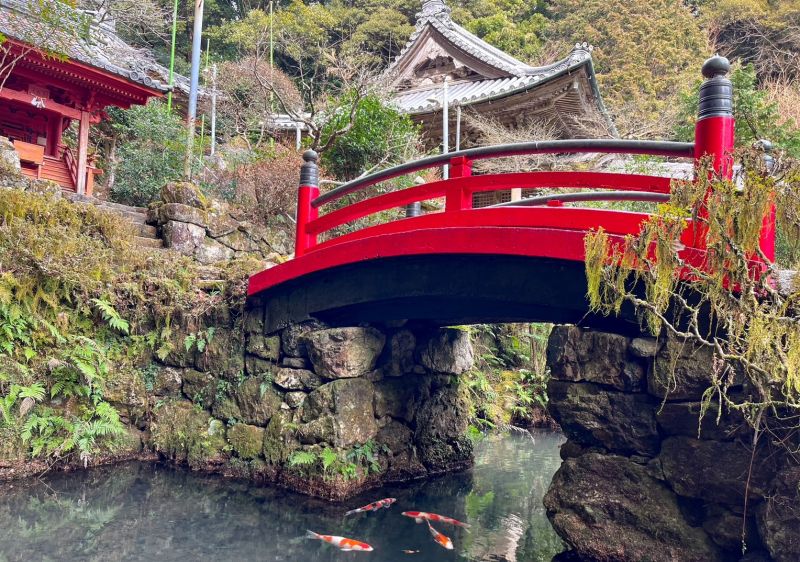
The temple has a beautiful garden with ponds, bridges and trees.
To reach an important statue of the temple, we crossed this beautiful bridge that catches every visitor’s attention.
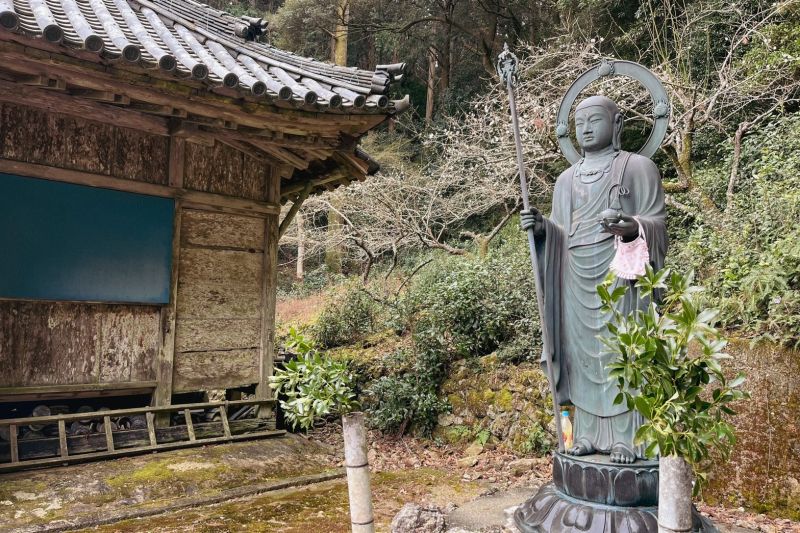
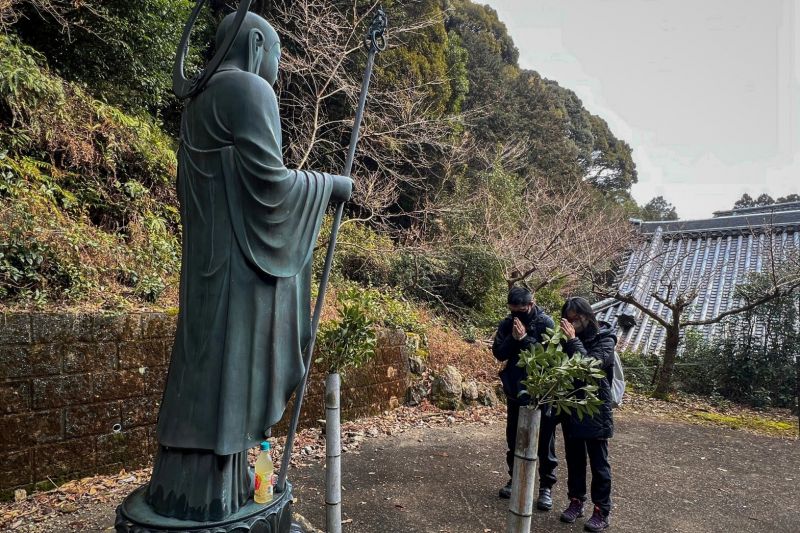
Shofukuji is a temple of the Shingon sect of Buddhism, whose principal image is the eleven-faced Kannon.
It’s said that the statue represents the Eleven-Faced Kannon, the goddess of mercy, who appeared at Osatsu beach and rode a whale to Aonomine Mountain.
We prayed to Jizo Bodhisattva, the principal image of the whole Shingon Buddhism in the precincts.
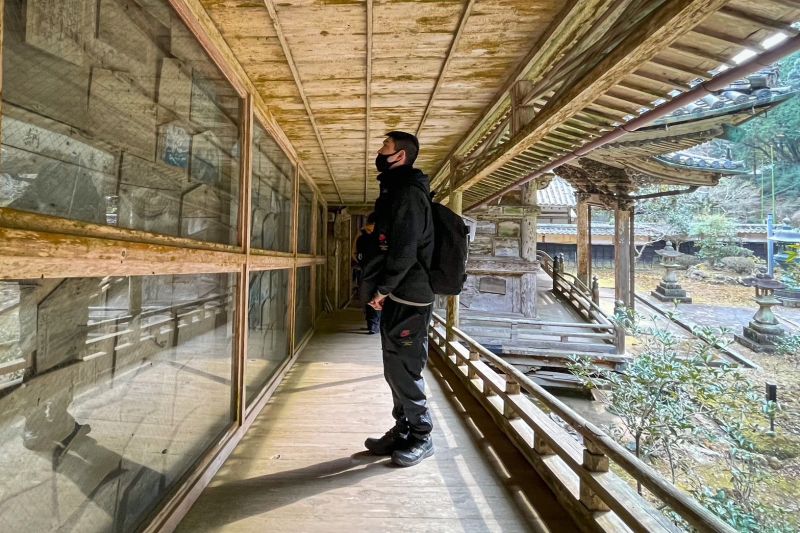
The temple for those who live by the sea has preserved its beautiful appearance along with its history.
Aonominesan Shofukuji Temple
https://www.kankomie.or.jp/en/spot/detail_3047.html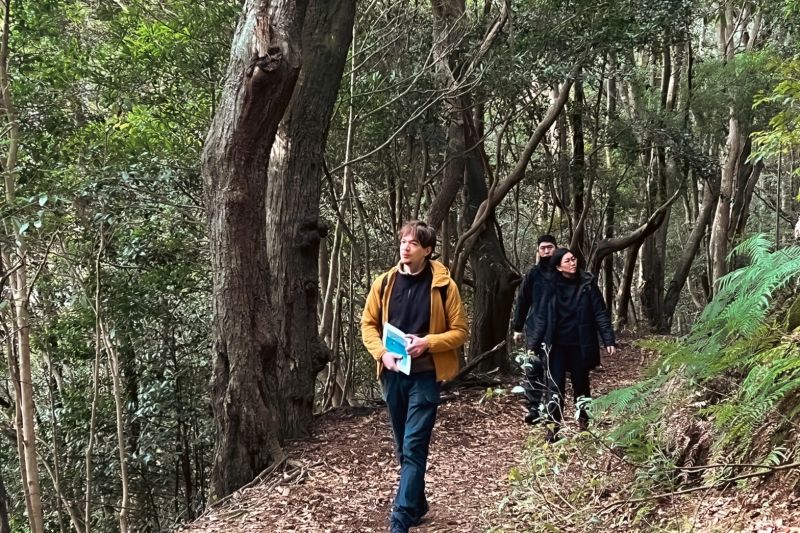
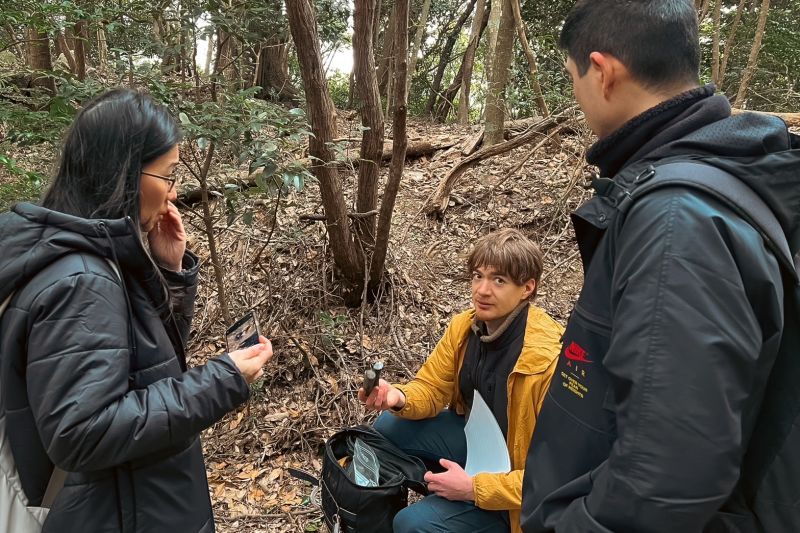
Mr. Gildas explained to us about the types of trees and flowers that grow along the pass. He even showed us the tree that makes Binchotan, the best charcoal in the world for lasting longer and being odorless. Today we had not only a history lesson but biology and chemistry as well.
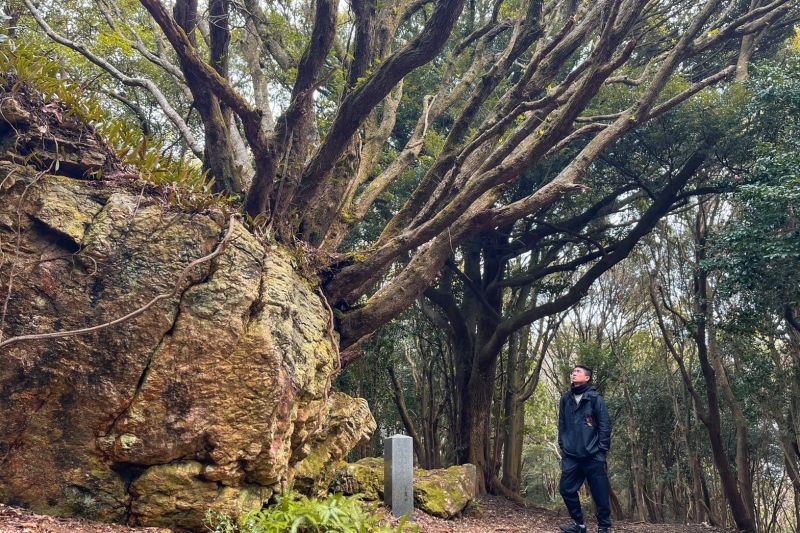
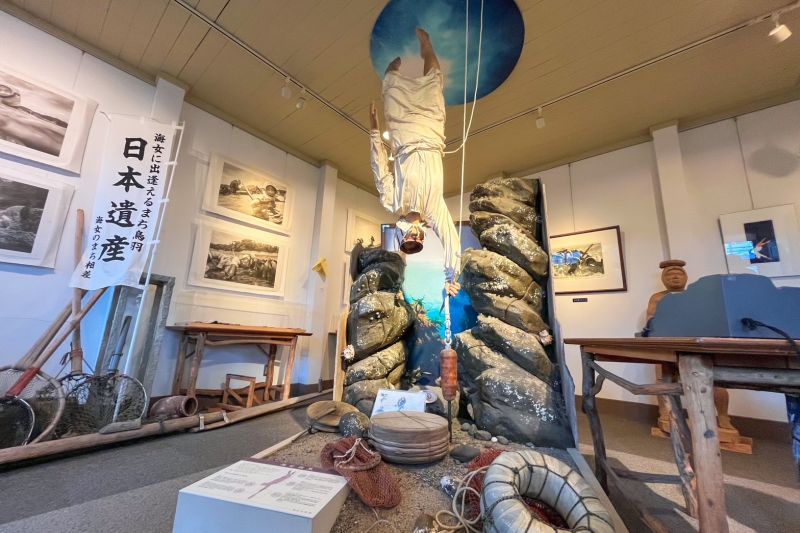
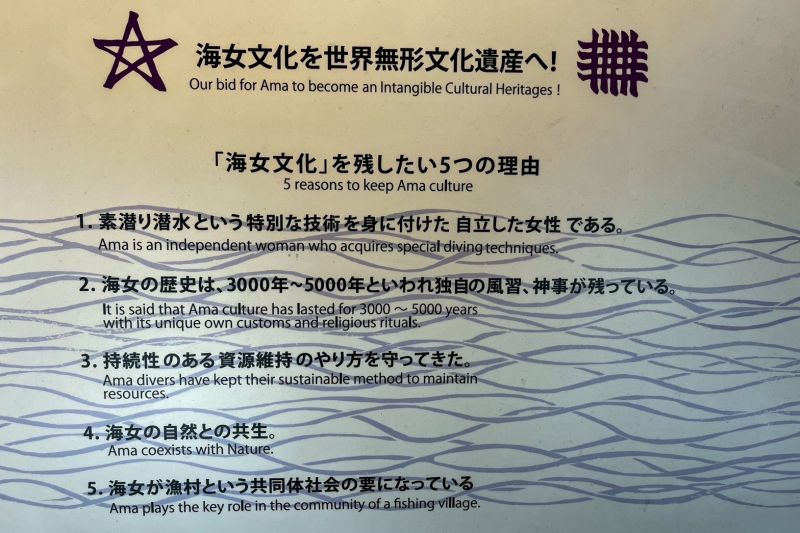
But before lunch, we went to a small museum to learn a little more about their history.
It is a museum called the Osatsu Ama Culture Museum that doubles as a tourist information center .
As soon as we entered the museum, we saw a sculpture of an Ama-san descending the water. Apparently, this method they only use when going deep, like 15 meters deep, this way they can go much faster. Amazing!
Osatsu Ama Culture Museum(Osatsu Tourism Association)
https://osatsu.org/
0599-33-7453
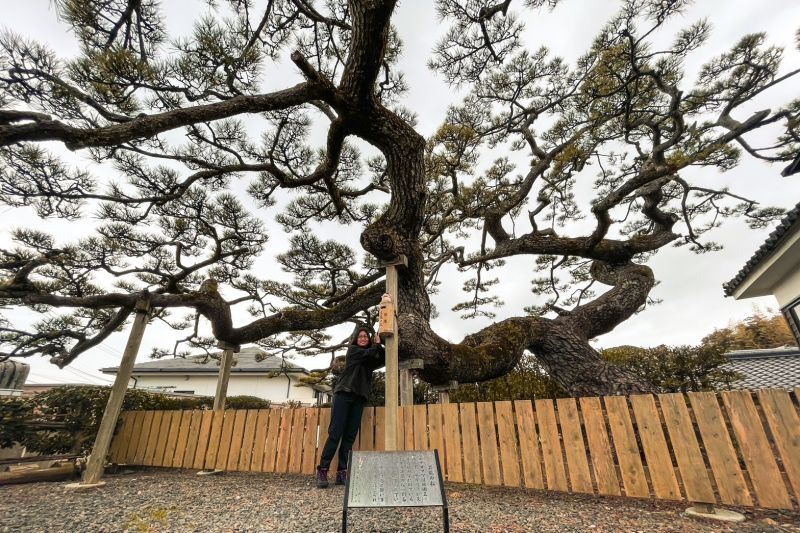
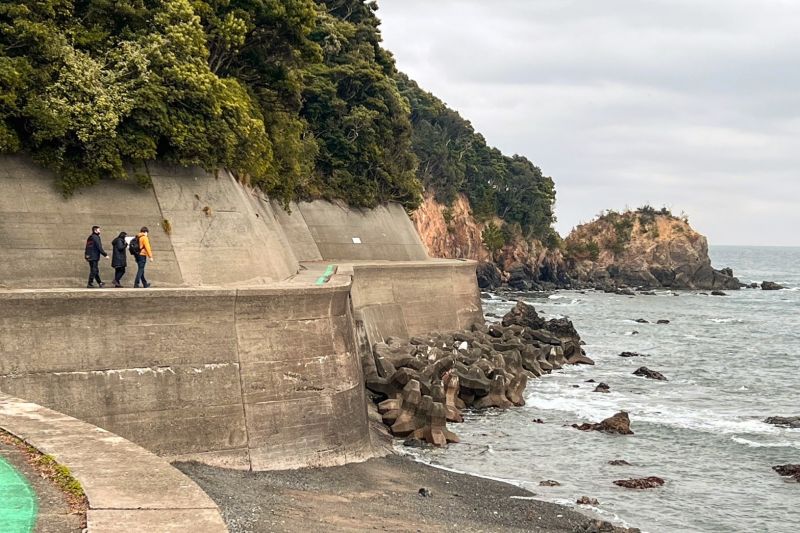
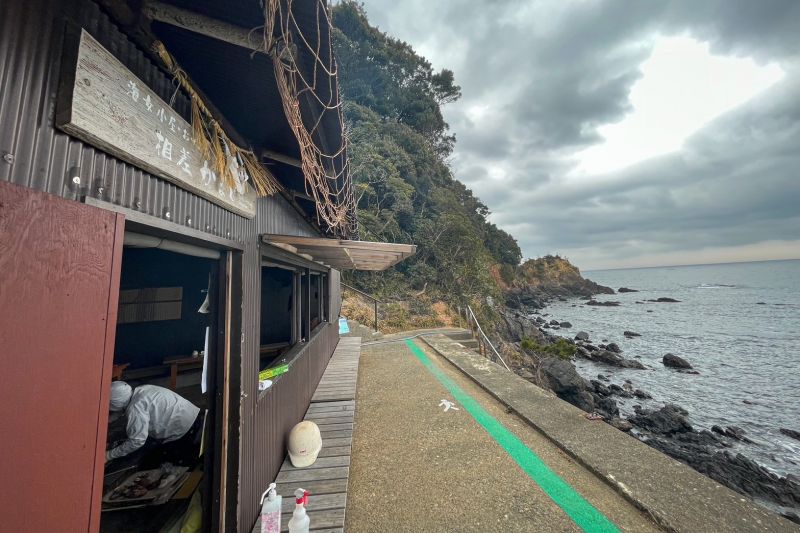
Our plan of the tour was to have lunch at an Ama hut where Ama-san rest and eat.
This is our 2nd time meeting Ama-san! For I had taken 22 years since I came to Japan to meet them only once, I was so lucky when I got the chance to meet them again.
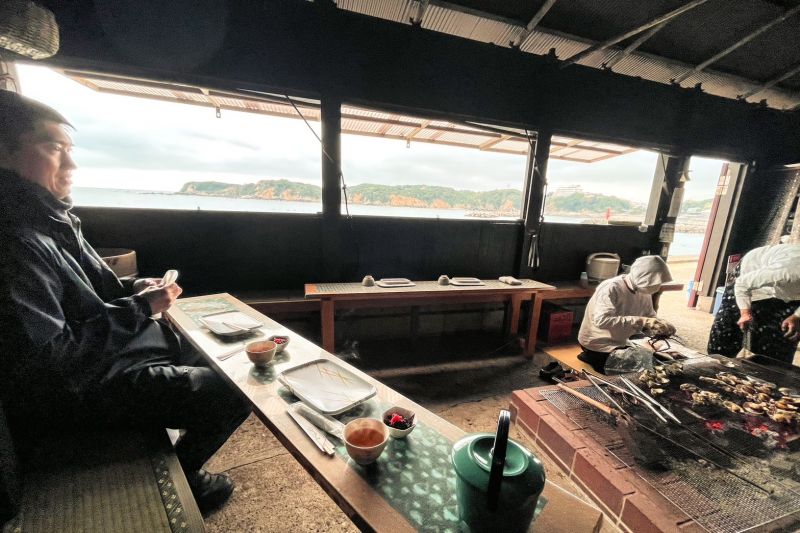
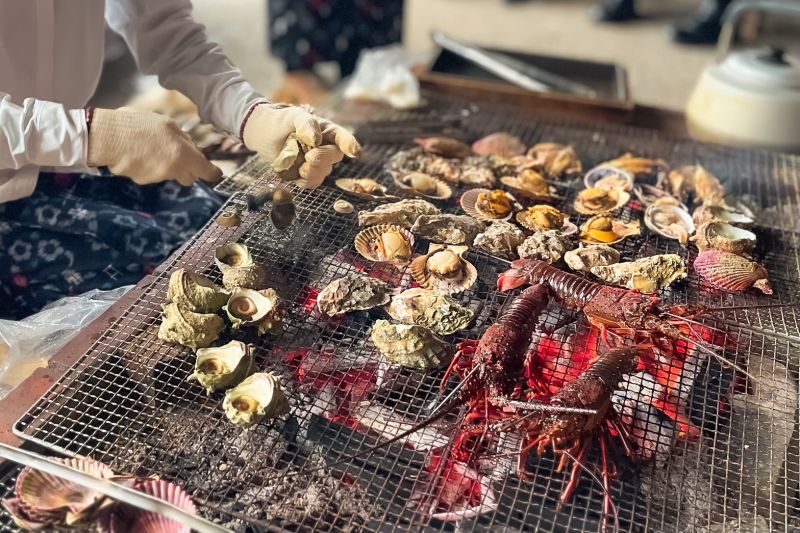
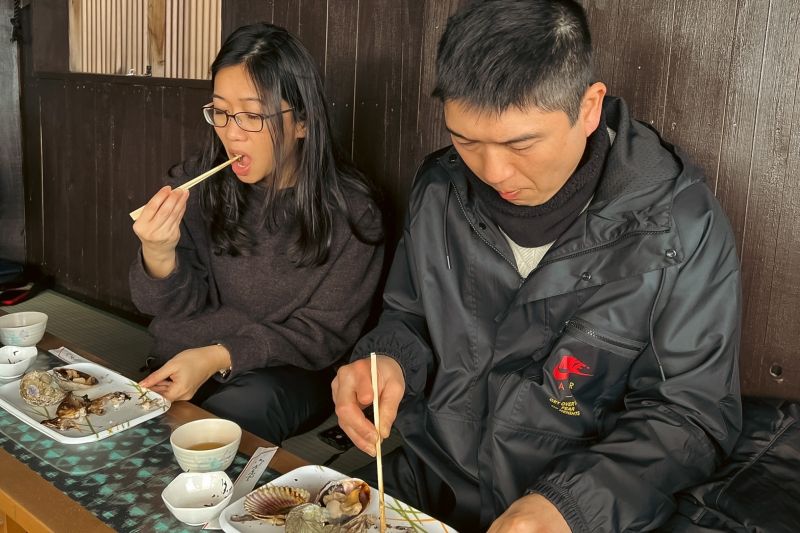
This place was simple, and yet, so incredible! The amazing view of the ocean, Ama-san preparing this incredible food just in front of us and everybody listening to their wonderful stories. The more I listened the more my respect for them grew!